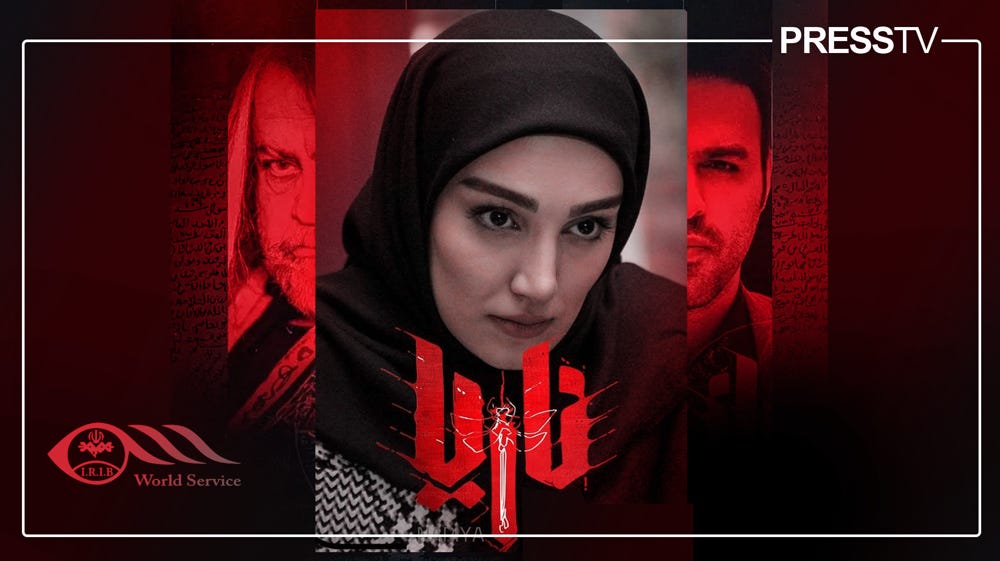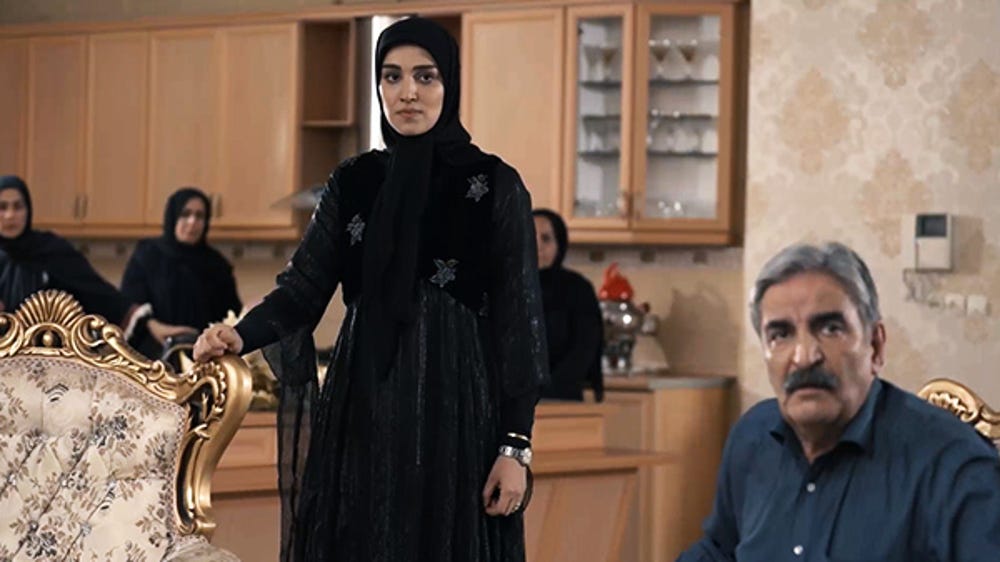Narya: A Gripping Portrait of Modern Iranian Women’s Power and Perseverance
How a New Drama Series Rewrites the Narrative of Iranian Women and Scientific Progress
In a media landscape often dominated by stereotypes, the new Iranian drama series Narya emerges as a powerful counter-narrative, shining a spotlight on the strength, intelligence, and resilience of modern Iranian women. Produced by the IRIB World Service and directed by Javad Afshar, Narya tells the story of Houjan, a brilliant Kurdish woman who manages a high-tech computer component manufacturing company in Kermanshah, nestled in the foothills of the Zagros mountains.
Houjan’s journey is fraught with challenges, from battling global and local mafias involved in illicit trades to facing the harsh realities of international sanctions and internal social pressures. The series does not shy away from depicting the psychological and political warfare waged against Iranian scientists and entrepreneurs, dramatizing the real-life obstacles they have faced over the past three decades.
One of the most compelling aspects of Narya is its exploration of betrayal and espionage. Houjan must confront not only external threats but also internal ones, as a key engineer on her team becomes entangled with foreign intelligence agencies. This plotline echoes real-world tactics used to undermine scientific progress in countries seen as adversaries by Western powers.
Director Javad Afshar, known for his work on the Gandu series, was inspired by a statement from an American politician:
“Our enemy is anyone who gets close to our scientific red lines.”
This sentiment is woven throughout the series, which delves into themes of recruitment, sabotage, and elimination—tactics used to stifle technological and scientific self-reliance.
Narya is more than just a corporate or espionage thriller. Its narrative weaves together stories of diamond smuggling, black-market rare manuscripts, and advanced technology trafficking, creating a richly layered and intellectually engaging drama. The series manages nearly 100 distinct characters, each with their own motivations and story arcs, achieving a rare balance of complexity and clarity in storytelling.
The production value of Narya is equally impressive. Filmed across more than 130 locations in five countries, the series offers visual authenticity and cultural richness. The diverse settings—from the bustling streets of Istanbul to the rugged landscapes of western Iran—add depth and realism, while also celebrating Iran’s multicultural identity.
Cinematically, Afshar’s direction stands out for its precision and emotional resonance. Expansive wide shots evoke isolation, while tight close-ups heighten tension. The pacing is deliberate, allowing viewers to linger on moments of personal crisis and moral complexity. The music, marked by “suspenseful minimalism,” serves as a psychological undercurrent, intensifying the emotional impact without overwhelming the narrative.
At its core, Narya is a symbolic portrait of the modern Iranian woman—not as a victim, but as a force of innovation and resilience. Houjan’s intelligence, dignity, and perseverance reflect a broader societal movement: the rising role of educated women in driving Iran’s scientific and economic transformation.
The series’ title itself is a clever linguistic inversion—“Narya” is “Iran” spelled backward in Persian—underscoring the idea that within Iran lies a powerful, often unseen force for progress, embodied by women like Houjan.
In a world that too often distorts or marginalizes, Narya reclaims the narrative, reminding us that Iran’s future may well be shaped by the determined hands of its capable daughters.
Source: PressTv





